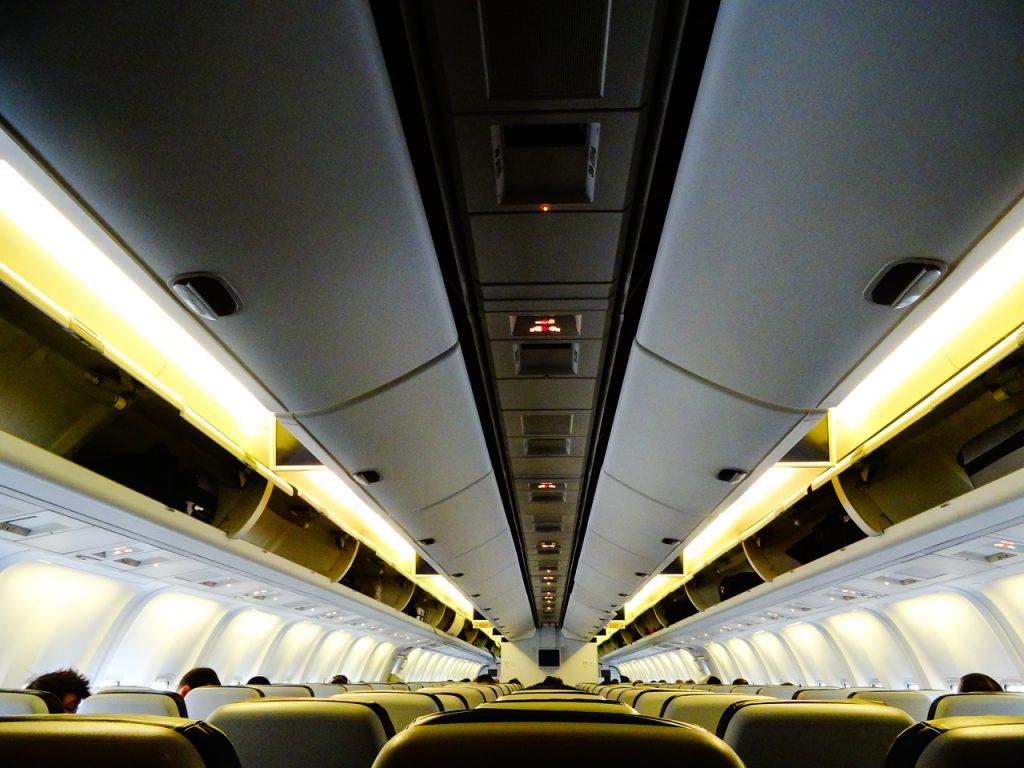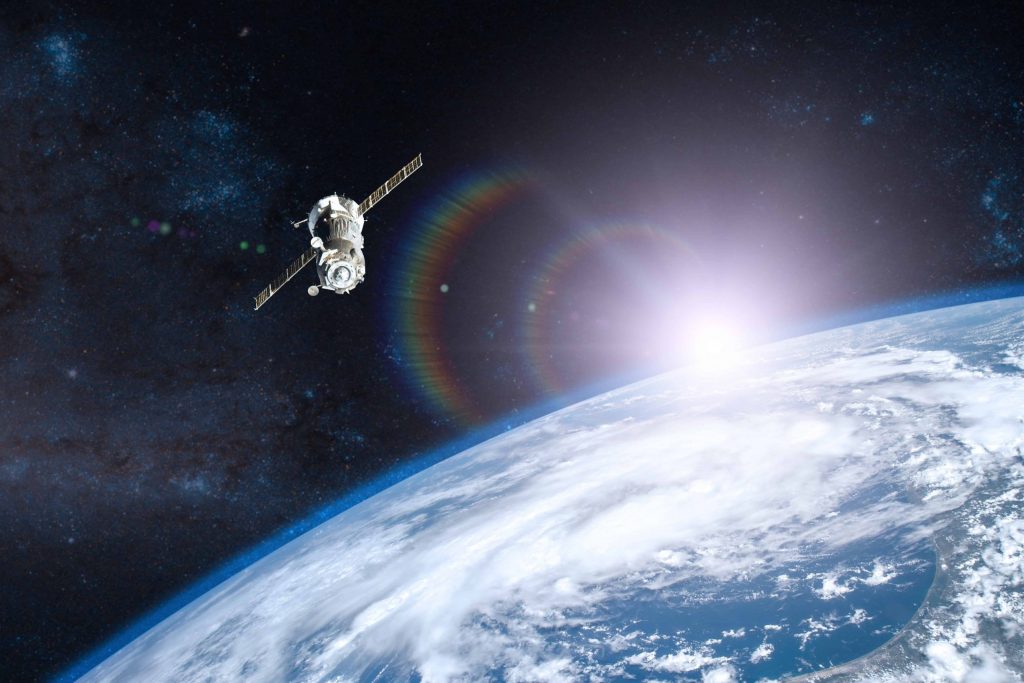Air travel is no longer a luxury way to travel; millions of passengers fly every day, with barely a thought of the fact they are thousands of feet in the air. Something that once amazed passengers is almost no different to hopping in the car. In the 1980s, when the first “connectivity” was introduced onto […]
Business Insights
Connectivity brings together people, businesses, and countries located thousands of miles apart, driving forward changes in the way we work, live, and communicate. There is much more to connectivity than social media communication and video streaming. “The Internet of Things” is pushing business operations to make use of IoT-enabled devices, and leverage data and automation
Connectivity is essential for managing healthcare – whether it’s for staff computers, IoT devices, machines, or mobile phones. However, particularly in remote and rural areas, access to fast, reliable connectivity has always been problematic. With the rapid digitalisation of healthcare, many providers are now turning to alternative technologies to continue to improve service levels. Traditional
As technology continues to advance, partial and fully autonomous smart ships will soon become a reality, with the Global Autonomous Shipping market currently valued at over six billion dollars (2020). The maritime sector is increasingly turning towards technology to improve all aspects of operations, and to date has only been held back by poor internet
Introduction Transport emissions are just one piece of the puzzle on the path to Net-Zero, however, to hit this target focus needs to be turned to how the catastrophic emissions associated with transport can be reduced. In 2019, domestic transport alone was accountable for 122 million tons of carbon dioxide (megatons), indicating that transport was
How can LEO help drive forward communities in a post-pandemic world? The performance of existing digital infrastructure throughout the two-year long pandemic was pivotal in enabling companies across the UK to continue business from home. Nevertheless, as with numerous things, Covid-19 uncovered and highlighted several hard truths: With over 90% of the UK still unable
With continuously evolving innovations within technology and communications, high-speed, low-latency internet access, no matter the location, is expected by users – for many, it’s a need, not a luxury. Low-Earth Orbit (LEO) satellites aim to provide just that, as well as providing a solution to connect the four billion people that are currently unconnected. This
Introduction Until now, there has been no one connectivity solution for offshore oil and gas operations that is completely reliable in all streams of the industry (Up/ Mid/ Down). Leading the way in satcoms innovation, Low-Earth Orbit (LEO) satellites can offer full global coverage, meaning low latency, high speed, reliable wireless connectivity for oil rigs
The Need for Critical Communications Infrastructure for Industrial Organisations Whether onshore or offshore, the growth of the Internet of Things (IoT) within industrial markets has enabled significant improvements to many aspects of operations on wind farms. This includes turbine performance, reliability, energy management, uptime, and equipment maintenance. This applies to the wider renewables and utilities sectors too
Are you hearing more about Low-Earth Orbit (LEO) satellites and wondering: 1) What are they?2) How do they differ from Geostationary Earth Orbit (GEO) satellites?3) Could they help with my connectivity issues? In this article, we discuss and explain the key attributes of LEO and GEO satellites and how they compare to one another. Watch










